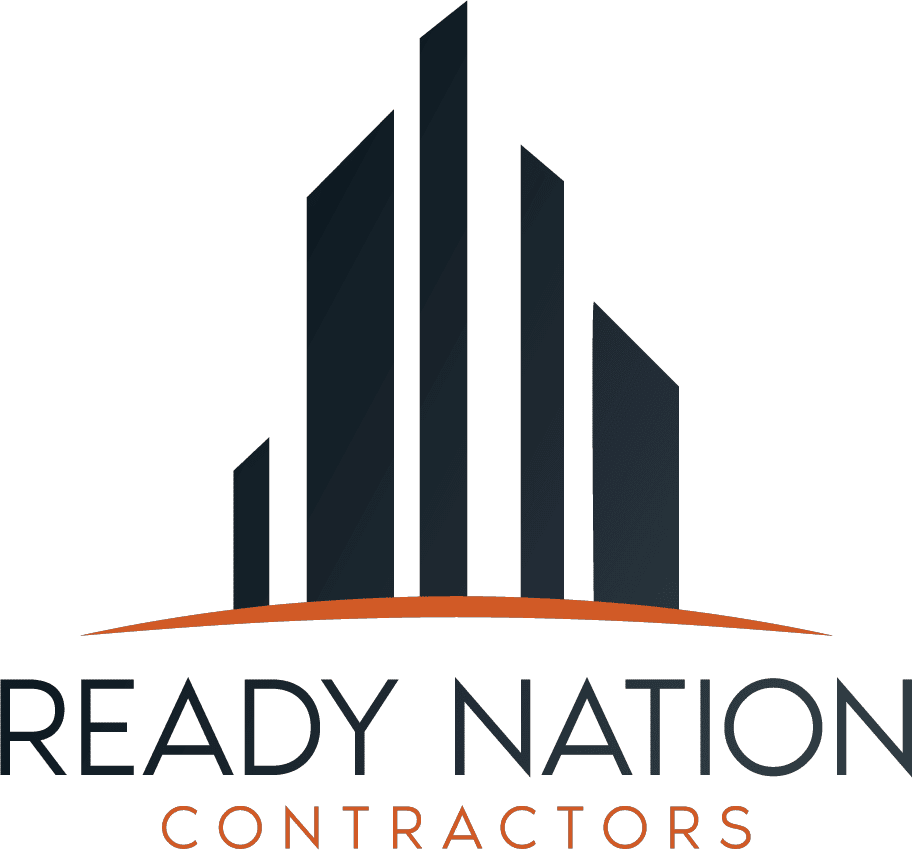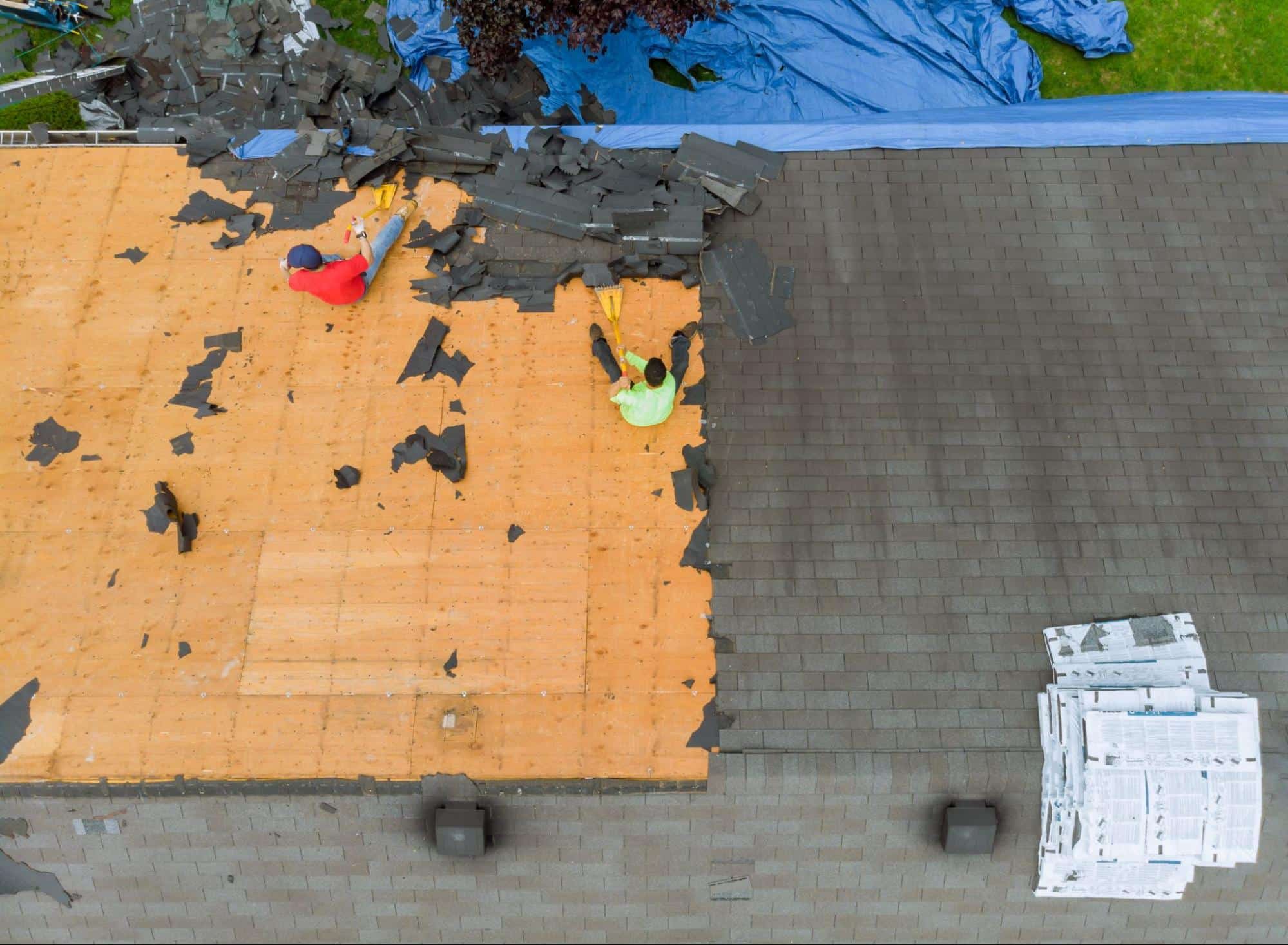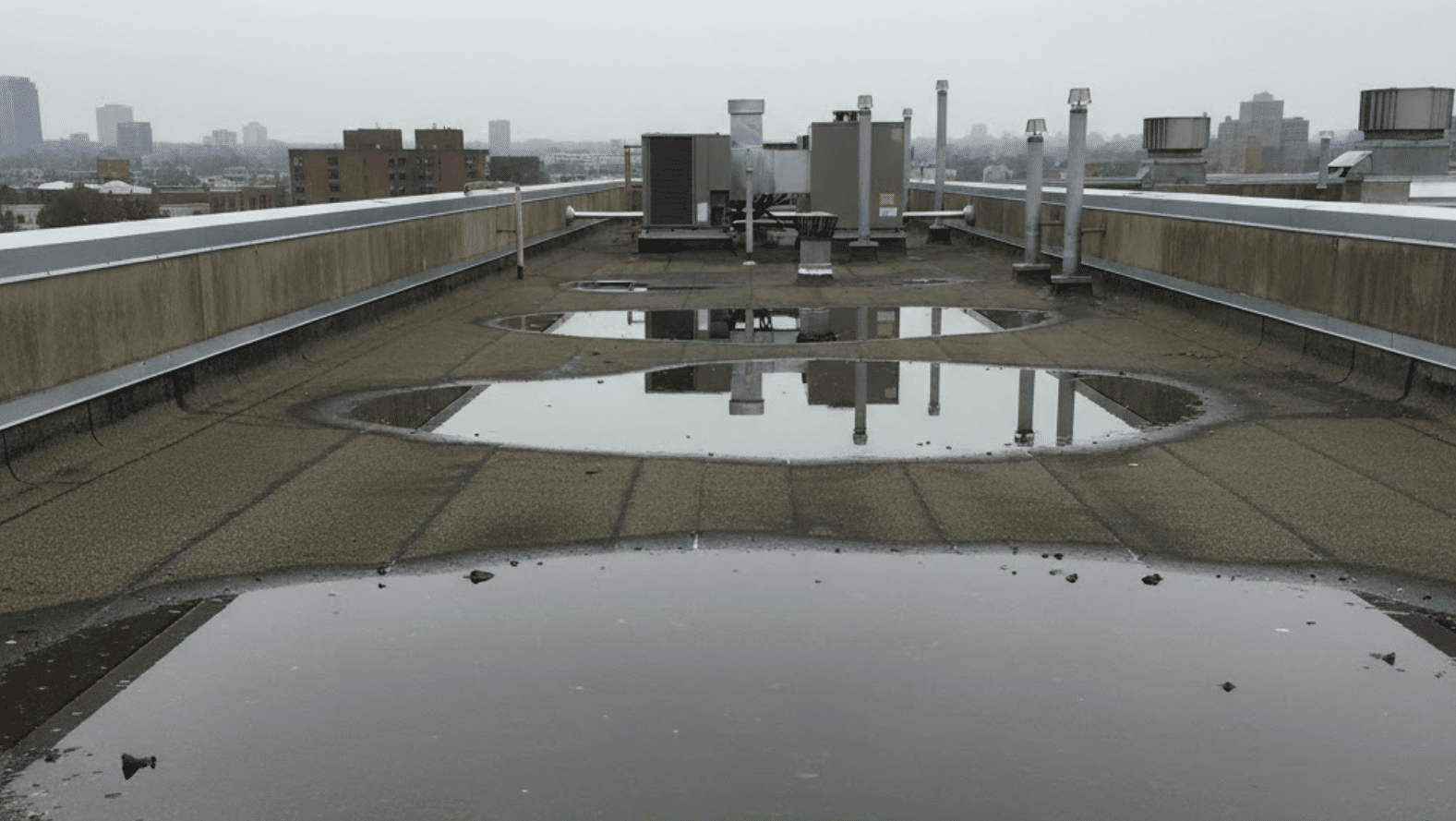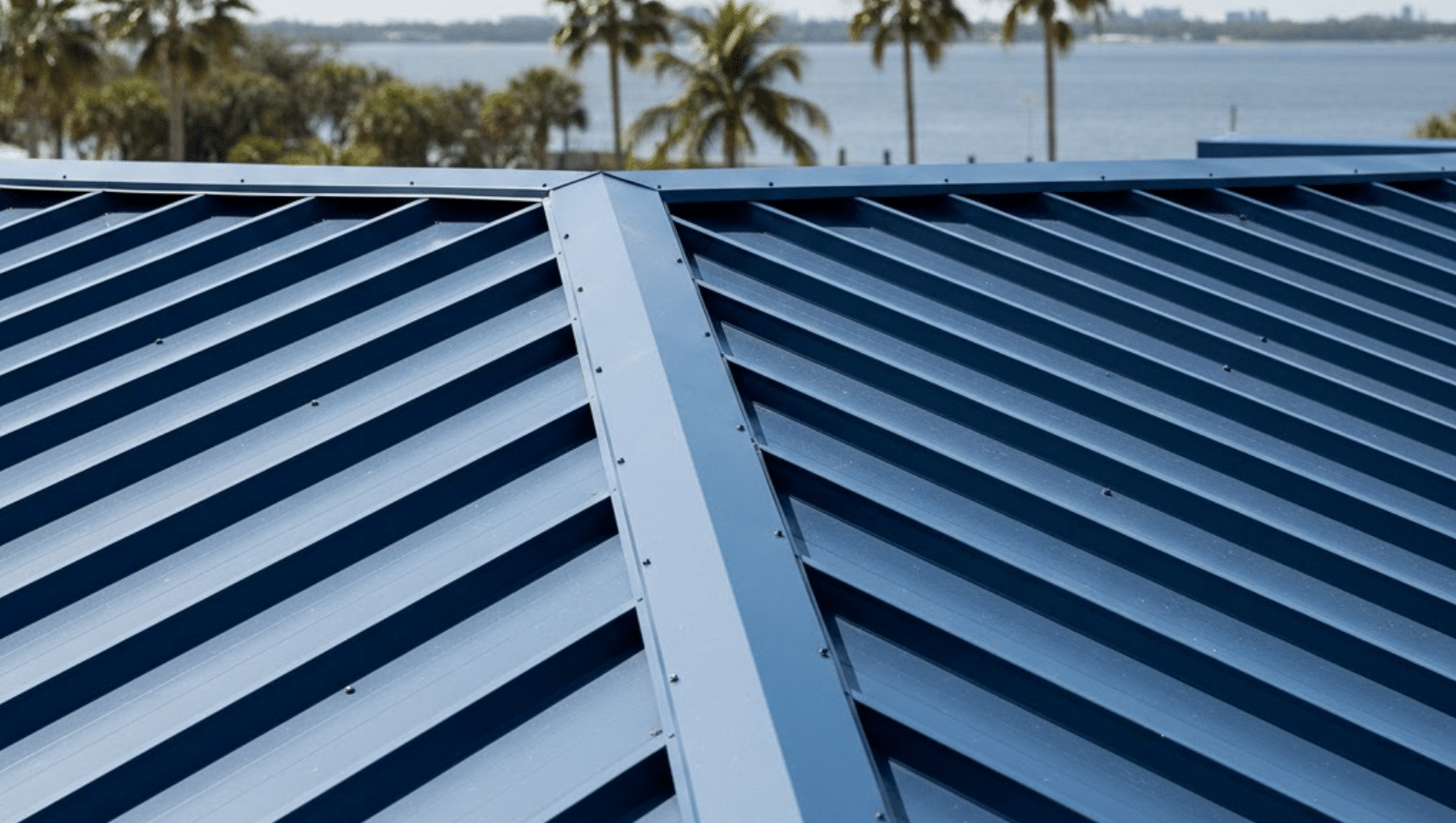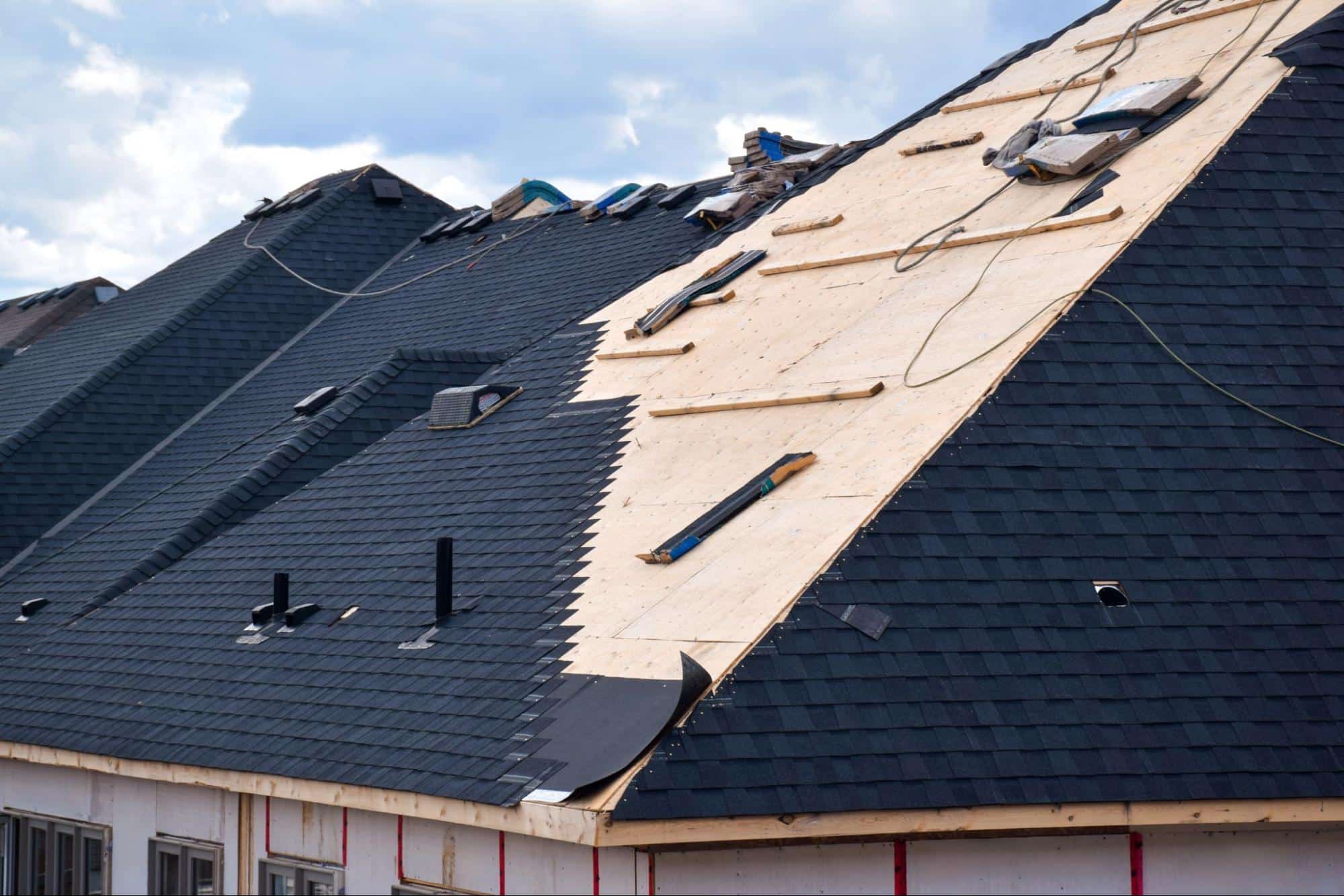If you’re asking “how often should I replace my roof,” you’re not alone, especially across Florida, Texas, and Louisiana where wind, hail, heat, and heavy rain work roofs hard. As Ready Nation Contractors (RNC US), we’ve inspected thousands of residential, commercial, and multi‑family roofs after major weather events. We see the same pattern: small issues turn into big ones when storms roll through. If you’ve searched for “RNC contractors near me” or “RNC company” hoping for straight answers, you’re in the right place.
In this guide, we’ll share realistic roof lifespan ranges by material, the climate and code factors that change the timeline, and the telltale signs that say repair vs. replace. We’ll also cover costs, insurance, and timing so you can plan proactively, and we’ll point you to resources like our roof repair, storm damage, and water damage pages. If you need help today, reach our team through Contact or see our Locations.
Average Roof Lifespans By Material In Storm‑Prone States
A practical starting point for how often to replace a roof is material lifespan, then adjust for local weather, installation quality, and maintenance. Below are typical ranges we see across FL, TX, and LA.
Asphalt Shingle: 3‑Tab vs. Architectural
- 3‑Tab asphalt shingles: 12–20 years in ideal conditions, often shorter along the coast or after repeated wind events. The thinner profile is more vulnerable to uplift and granule loss.
- Architectural (dimensional) shingles: 20–30 years. Heavier mats and better wind ratings extend service life when installed with proper underlayment and fastener patterns.
What shortens life? Repeated high winds, hail bruising, UV exposure, and poor attic ventilation. If you’re seeing widespread granules in gutters, cracked tabs, or curling, it’s time for an inspection. We can assess and handle targeted repairs or full roof replacement strategies when repairs aren’t enough.
Metal: Standing Seam vs. Exposed Fastener

- Standing seam: 40–70 years with correct clip spacing, expansion control, and coastal‑grade coatings.
- Exposed fastener (R‑panel, AG‑panel): strong and cost‑effective, but fasteners and washers age: expect more frequent maintenance and a shorter lifecycle than standing seam.
Salt air, heat, and misaligned panels can accelerate wear. Re‑fastening programs and sealant refreshes help, but widespread oxidation or fastener back‑out across large areas is often a replacement trigger.
Tile And Slate
- Concrete/clay tile: 40–100+ years. Underlayment is the real clock: many tile roofs in storm areas need underlayment replacement at 20–30 years even when tiles themselves are fine.
- Slate: 50–100+ years, with underlayment and flashing cycles driving maintenance.
Tile and slate excel in heat and UV. After major wind events, individual tiles may crack or dislodge, so periodic inspections and underlayment upgrades matter.
Flat And Low‑Slope Systems: TPO, PVC, Modified Bitumen
- TPO/PVC: 15–30 years depending on thickness, color, and UV protection.
- Modified bitumen: 15–25 years, with reflective capsheets performing better in high heat.
On flat systems, ponding water, membrane punctures, and seam failures shorten life. We support both commercial and residential flat roofs and can advise on repairs, re‑covers, or full system replacements. Explore our commercial restoration and general contracting capabilities for larger assets.
Climate And Code Factors That Shorten Or Extend Roof Life

Your zip code matters as much as your shingle choice. Here’s how local realities shape replacement timing.
Hurricanes, Wind Uplift, And Hail Exposure
High winds and hail bruise shingles, loosen fasteners, and fatigue flashings. Even when leaks aren’t obvious, micro‑damage compounds over time. After severe weather, we recommend a documented inspection: you may have an insurance pathway if damage is confirmed. Our storm damage team provides post‑event assessments and emergency response.
Heat, UV, Humidity, And Salt Air
- Heat and UV accelerate asphalt aging and membrane plasticizer loss.
- Humidity invites algae, moss, and mold on shaded sections: it also stresses attic ventilation.
- Coastal salt can pit metal coatings and corrode fasteners, proactive maintenance is key.
If interior humidity is high, mold growth can appear on sheathing or in living spaces. Address moisture promptly: see our mold remediation and HVAC pages for root‑cause fixes.
Local Building Codes, Wind Ratings, And Underlayment Requirements
Florida, Texas, and Louisiana have evolving wind‑uplift and secondary water barrier requirements. Upgrading to enhanced underlayment, proper nailing zones, and higher wind‑rated shingles or metal systems often adds years of resilience, and may be required at replacement. If your roof pre‑dates current codes, replacing sooner can improve protection and insurability.
Replace Or Repair? Clear Signs It’s Time
You don’t have to guess. These checkpoints help us recommend repair vs. replacement with confidence.
Age Thresholds And Warranty Limits
If your roof is nearing the end of its expected lifespan, or past the manufacturer’s warranty, budget for replacement. For example, an architectural shingle at 22–25 years in coastal Florida is typically at the decision line even if leaks are minimal.
Widespread Material Failure: Granule Loss, Curling, Cracks, Or Loose Panels
One or two problem areas are repair candidates. When 20–30% of slopes show loss of granules, curling tabs, or cracked shingles, or if metal panels are loosening across multiple elevations, whole‑system replacement becomes more cost‑efficient.
Recurring Leaks, Deck Rot, And Interior Mold
Chronic leaks signal underlayment or flashing systems have aged out. Brown ceiling stains, soft decking underfoot, or visible mold in the attic indicate a bigger envelope problem. We can stop active leaks and provide a replacement plan that addresses ventilation and moisture at the same time. Start here if you’re seeing signs of moisture: water damage restoration.
Post‑Storm Damage Indicators That Warrant Replacement
Shingle sections missing, hail bruising across broad areas, punctures from debris, or compromised ridge/hip lines often tip the scale to replacement. Document with photos and call us for an inspection: our team can guide you through claims and scope.
Inspection And Maintenance To Maximize Lifespan

Routine care stretches your replacement timeline, sometimes by years.
Annual And Post‑Storm Inspection Checklist
- Inspect twice a year (spring and fall) and after major storms.
- Look for missing or lifted shingles, hail bruises, popped fasteners, cracked tiles, open seams, and damaged ridge caps.
- Check flashings at chimneys, skylights, walls, and penetrations.
- From the attic: scan for daylight at penetrations, damp insulation, or musty odors.
If you prefer a pro assessment, we offer no‑obligation inspections and written findings. You can also browse our latest tips on the RNC US blog.
Preventive Maintenance: Sealants, Flashings, And Debris Control
- Refresh sealants at penetrations and terminations before they fail.
- Clear gutters and valleys to prevent water backing under shingles or membranes.
- Trim branches to reduce abrasion, leaf buildup, and moss.
When a repair is needed, fast action prevents a small breach from becoming a larger envelope failure. See our roof repair services.
Attic Ventilation, Insulation, And Moisture Control
Balanced intake and exhaust reduce heat and humidity, protecting shingles and sheathing. In hot, humid climates, ventilation plus right‑sized insulation and properly set HVAC help keep attic dew points in check. If moisture issues persist, our HVAC and mold remediation teams can help stabilize conditions.
Planning your roof replacement is a smoother process when you understand the general timeline and steps involved.
Roof Material Options & Their Benefits
- Asphalt Shingles: A versatile and popular choice, offering durability and a wide range of designs to suit various home styles.
- Metal Roofing: Known for its longevity and strength, metal roofing adds a sleek look and superior weather resistance, making it an excellent option for areas with extreme conditions.
- Tile/Slate Roofing: A timeless and elegant choice, tile and slate offer enhanced insulation and can significantly elevate the aesthetic of your home.
- Flat Roofing Systems (TPO/PVC/Modified): Ideal for commercial spaces or homes with flat roofs, these systems are durable and designed to withstand the elements.
Every roof replacement is unique, and we work with you to outline a clear path forward, offering tailored options to suit your specific needs and preferences. Let us guide you in making an informed decision that aligns with your goals.
Insurance Claims, Deductibles, And Documentation
After a covered wind or hail event, thorough documentation is your friend: date of loss, photos, inspection notes, and temporary mitigation receipts. We coordinate with adjusters, provide reports, and help you understand deductibles and code upgrade endorsements. Start with our storm damage page or contact us directly via Contact.
Permits, Lead Times, And Planning Around Storm Season
Expect permit review and material lead times to extend schedules during peak season. Ordering early, confirming color/finish availability, and locking labor windows helps avoid delays. If you manage multiple properties, we can prioritize the highest‑risk roofs first and phase the rest.
Choosing A Qualified Contractor: Licensing, Insurance, And Warranties
Work with a licensed, insured contractor with manufacturer certifications and written workmanship warranties. Check reviews, references, and service footprint. Learn more About RNC US and the markets we serve via Locations. For larger portfolios, see our industries served.
Special Considerations For Commercial And Multi‑Family Roofs
Commercial and multi‑family roofs behave differently, and budgets do too.
Flat Roof Ponding, Drainage, And Membrane Lifecycles
Persistent ponding accelerates membrane breakdown and seam failure. Annual drain cleaning, adding tapered insulation, and correcting edge details can buy time. Infrared scans help find trapped moisture before it becomes interior damage.
Re‑Cover vs. Tear‑Off Decisions And Code Compliance
A re‑cover can be cost‑effective if the deck is sound and codes allow it. If moisture is trapped or multiple roof layers exist, a tear‑off with new insulation and a higher wind‑rated system is the safer bet. We’ll compare options and life‑cycle costs side by side.
Roof Asset Management, Inspections, And Budgeting
For portfolios, a 3–5‑year capital plan tied to condition indices prevents surprises. We provide standardized inspections, photo logs, and prioritized repair/replacement schedules. Explore our commercial restoration and general contracting services to centralize care across sites.
Conclusion
So, how often should I replace my roof? The honest answer is: match material lifespan with your local climate and code realities, then listen to what the roof is telling you. In storm‑prone regions, asphalt systems may need replacement on the earlier side of the range, while metal, tile, and high‑performance membranes go longer with solid maintenance.
If you’re seeing warning signs, or if your roof is at that 15–30‑year mark, let’s take a look. We’re Ready Nation Contractors (RNC US), a licensed, insured team trusted by homeowners, business owners, and property managers for proactive inspections, tough‑weather replacements, and rapid recovery. Get started with a no‑obligation assessment today: call 877‑762‑2858, reach out through our Contact page, or learn more About us.
If you’re comparing options, browse our roof repair, storm damage, and commercial restoration pages to see how we work, then let’s protect your property for the long haul.
